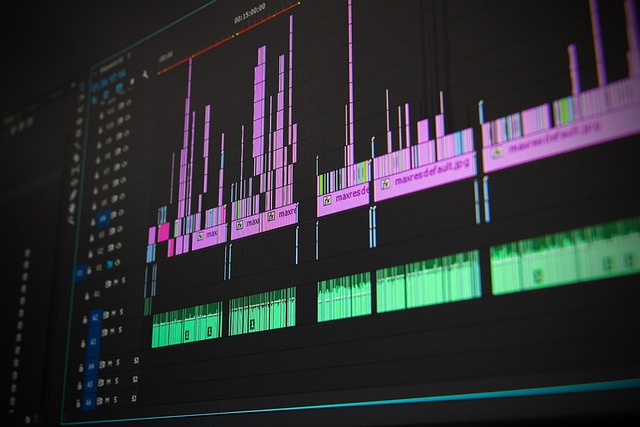The DivX format revolutionizes multimedia content sharing by efficiently compressing large video files for faster, reliable transfers across diverse network bandwidths without sacrificing quality. Its advanced algorithms reduce file sizes while maintaining visual clarity, making it a versatile and optimal choice for seamless streaming and downloading in today's digital era, as proven by its effectiveness in handling large media files.
In today’s digital world, fast and efficient file transfers are essential. Understanding the challenges of traditional file transfer methods is crucial. This article explores how the DivX format revolutionizes data exchange by enabling significantly higher speeds while maintaining reliability. We’ll delve into its advantages, from enhanced transfer efficiency to best practices for achieving optimal results. Discover how DivX is transforming the way we share files.
Understanding File Transfer Challenges

File transfers, especially over long distances or for large files, often face significant challenges. One of the primary issues is ensuring fast transfer speeds while maintaining data integrity. Traditional formats might struggle with these tasks due to various factors. For instance, the DivX format—a video compression standard—has evolved to address these challenges. It offers efficient data compression, enabling faster transmission and reducing the risk of data loss during transit.
By leveraging advanced encoding techniques, DivX enhances file transfer reliability, making it ideal for large multimedia files. This format’s ability to strike a balance between size and quality is particularly beneficial in today’s digital landscape, where users frequently share high-definition media content across networks with varying bandwidth capabilities.
Introduction to DivX Format and Its Advantages

The DivX format, short for Digital Video Express, is a video compression standard renowned for its ability to deliver high-quality video content while maintaining remarkably small file sizes. This makes it an ideal choice for efficient file transfers, especially when dealing with large video files. The format employs sophisticated compression algorithms that reduce video data without sacrificing visual clarity, ensuring a seamless viewing experience even over limited bandwidth connections.
One of the key advantages of DivX lies in its compatibility across various platforms and devices. It supports a wide range of media players, from desktop applications to mobile-optimized versions, allowing users to access and enjoy DivX videos on virtually any device. Moreover, DivX’s efficient compression ensures faster streaming and quicker download times, making it an excellent choice for those seeking fast and reliable file transfer rates without compromising on video quality.
How DivX Enhances Transfer Efficiency

The DivX format, developed with efficiency in mind, plays a significant role in enhancing file transfer rates. This video container format is renowned for its ability to compress videos while maintaining exceptional quality, making it ideal for streaming and downloading. The innovative compression algorithms used by DivX minimize file sizes without sacrificing visual fidelity, leading to faster transmission over networks.
By leveraging advanced coding techniques, DivX ensures that data is transmitted more effectively. This means users can enjoy smoother playback, even with large media files, as the format efficiently allocates bandwidth. Whether it’s for sharing videos online or downloading content quickly, DivX’s optimized structure contributes to overall transfer efficiency, making it a preferred choice for fast and reliable data exchange.
Best Practices for Achieving Fast and Reliable Transfers

To achieve fast and reliable file transfer rates, especially for large files, adopting best practices can significantly enhance your experience. One key practice is using a high-quality video format like DivX. The DivX format is renowned for its ability to compress video data efficiently while maintaining excellent picture quality. This means that when transferring videos or other multimedia files, choosing the right container format can reduce file sizes without sacrificing visual fidelity.
Additionally, ensuring a stable internet connection and utilizing dedicated file transfer tools designed for high-speed transfers is essential. Avoid using default browser download managers, as they may not optimize transfer speeds. Instead, opt for specialized software that offers features like chunking and error recovery, which can gracefully handle potential network interruptions during the transfer process, thus maintaining efficiency and reliability.
The DivX format proves to be a game-changer in file transfer, offering unparalleled efficiency and reliability. By understanding the challenges of traditional transfers and leveraging the advantages of DivX, users can achieve fast, seamless exchanges of large files without compromise. Adopting best practices ensures optimal performance, making DivX the preferred choice for anyone seeking a streamlined and effective solution for their data transfer needs. So, what is DivX format? It’s a modern approach to file sharing that simplifies the process, enhancing user experience in today’s digital landscape.
